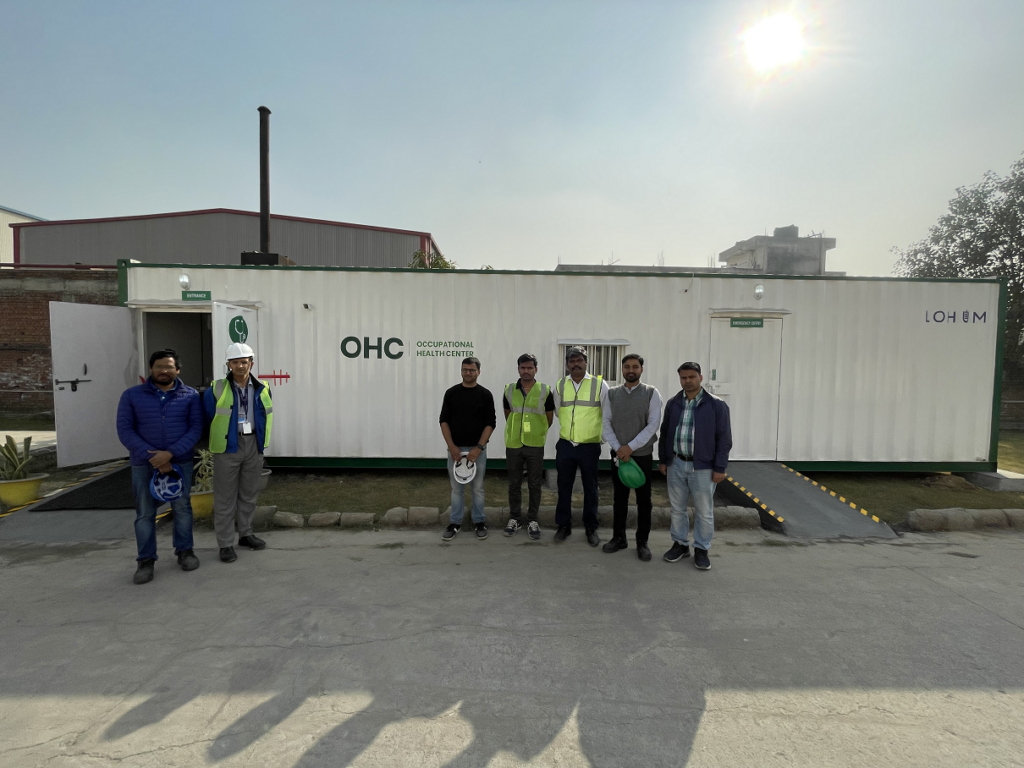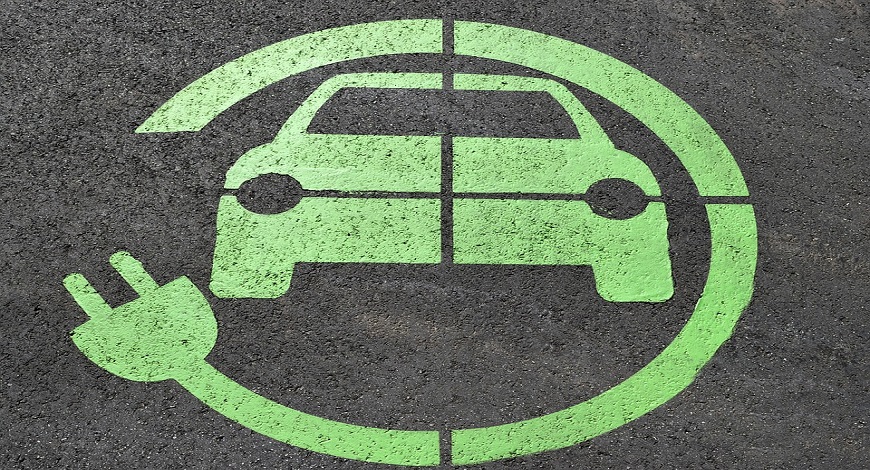
This shift is challenging, disruptive, and expensive, requiring the supply to scale up by several times its current value, but it is vital for a clean and thriving Earth.
The world is transitioning away from emissions-intensive fossil fuels which cause global warming, to materials-intensive clean energy sources, which have low or zero GHG emissions but are significantly more expensive, currently. The clean energy transition is thus as much about sustainable materials as it is about Net Zero. These materials need to be supplied in colossal quantities as feedstock for the production of everything from Solar PV cells, wind turbines, blue tech, battery energy storage systems, and a buffet of emerging clean technologies.
This shift is challenging, disruptive, and expensive, requiring the supply to scale up by several times its current value, but it is vital for a clean and thriving Earth. All seven energy and land-use sectors, according to a recent report by McKinsey- power, industry, mobility, buildings, agriculture, forestry and other land use, and waste, are undergoing a materials transition to achieve Net Zero. The materials transition is not facing ESG (Environment, Social, Governance) bottlenecks, but rather Employment, Finances, and Greed, or ‘EFG’ bottlenecks that need to be addressed if the G20 nations are going to resolve conflicts.
One, every country needs stable employment, and a prominent example of the materials transition affecting employment would be the ~13 million ICE-related jobs that are expected to be lost worldwide by Net Zero 2050, according to a report by McKinsey. This loss creates a reluctance to commit to the transition toward clean materials, even though some of this loss would be offset by the generation of around nine million new jobs directly related to EV manufacturing by 2050. Additionally, the fossil fuel industry is an entrenched employer- various rural U.S. counties owe 10% of their jobs to the fossil fuel extraction and refining, fossil fuel power, and ICE-automotive manufacturing sectors, described a report featured on the WRI.
Two, no one can carry out expensive industrial decarbonization without financial support. Developing nations would have to spend far more on the materials transition as a percentage of their GDP than developed countries. The report featured on McKinsey also revealed that the low-carbon materials transition costs 1.5 times or more for developing economies like India, Asia, sub-Saharan Africa, and Latin America than it does for advanced economies. Pragmatically, economic stability and energy security take universal precedence over emissions targets, and in a volatile geo-eco-political environment, everyone wants more energy resources to fall back on, even if they aren’t clean.
Lastly, entrenched greed drives several entities, which are nations and international entities sitting on large reserves of unclean resources. Despite the thermal destabilization of the Earth caused by fossil fuels, the significant short-term economic incentives of cheaply dug and easily exported fuels propel nations in the pursuit of new fossil fuel reserves.
These global ‘EFG’ realities are leading to the emergence of contentious issues amongst the G20, and the dichotomy between materials intensity and emissions intensity is slowing down the global energy transition. The materials transition ecosystem potentially faces a vicious spiral of skyrocketing demand, underwhelming supply, and the consequent lack of market equilibrium. High capital costs and long development cycles make it hard to adjust to dynamic market conditions and impede innovation because developing new green technologies is also materials-intensive.
The ecosystem needs to address these issues and simultaneously drive the world’s progress toward Net Zero. The ecosystem needs to accept reality and take every stride in our capacity, contemplating if the world can indeed reach Net Zero against uphill odds, and how? We can only bridge the gap and collapse the dichotomy of materials intensity vs. emissions intensity if we address these core ‘EFG’ problems.
For the energy transition to be as equitable as it is clean, all entities of the ecosystem need to take an action-oriented, innovative, and cooperative approach that does not exploit other nations. We also need to get into the mindset of working towards building a real-life utopia, instead of settling for the bare minimum.
The primary response to ‘EFG’ issues is to develop the core capacities around energy security, in every nation. A fundamental aspect of materials intensity vs. emissions intensity is that new-age materials can live forever thanks to current recycling and refining technologies.
Locking in materials, recycling them infinitely, leveraging low-cost high-quality processes, and working with investors who are currently entrenched in fossil fuels can be solutions, which is what we propose for all nations.
The global energy transition does not need another China – another hegemony or monopoly that worsens inequalities. The world needs to aim to create a harmonious and inclusive ecosystem that does not disadvantage any nation. That’s why we need to create global materials platforms. We want a fair and just world, where every country has its own green workforce, pacing towards zero-carbon, and is able to sustain itself, thanks to low-cost solutions that can be easily and reliably financed. Just like India’s G-20 2023 slogan: “One Earth, One Family, One Future”, an elaboration of the ancient Indian principle of “Vasudeva Kutumbakam” – the world is one family.
India’s presidency of the G-20 is an opportunity for the nation to lead the global clean energy transition through this period of uncertainty into a position of cooperation, innovation, and perseverance.

Forbes India
Rajat Verma already recovers raw materials from used cells at his venture, LOHUM Cleantech. He wants to close the loop by making cells in India as well.

YOURSTORY
In an interaction with AutoStory, Rajat Verma, Founder and CEO of LOHUM Cleantech, speaks about building his company, and about battery manufacturing and repurposing as an industry.

Business World Disrupt
Recognized as ‘The Most Innovative Company of the year 2022’ by The Confederation of Indian Industry (CII), LOHUM is a producer of sustainable Li-ion battery raw materials
1800 572 8822
Email : enquiry@lohum.com
G98, Site, 5, Kasna, Block A, Surajpur Site V, Greater Noida, Uttar Pradesh 201306
LOHUM Cleantech Private Limited, Plot No. D-7 & 8, Site 5th, Kasna Industrial Area, Greater Noida, Gautam Budh Nagar, Uttar Pradesh – 201308
LOHUM Cleantech Private Limited, Plot No. O-17, Site 5th, Kasna Industrial Area, Greater Noida, Gautam Budh Nagar, Uttar Pradesh – 201308